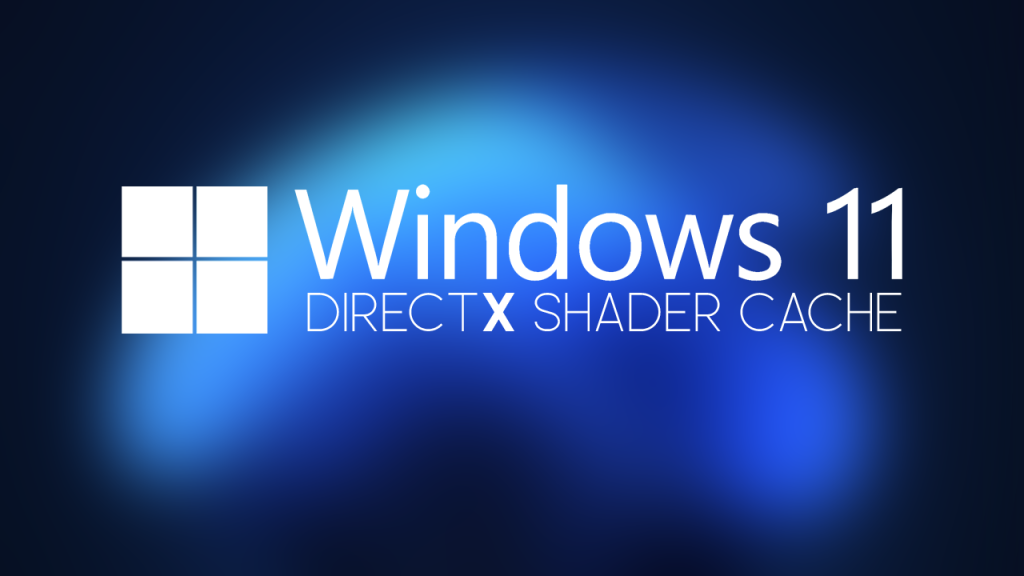Have you ever launched a new game and experienced a bit of stutter or lag in the beginning, but then things smoothed out after a while? That’s likely because your computer was busy creating something called a shader cache. But what are shader caches, exactly, and how do they benefit your gaming experience?
Understanding Shaders: The Building Blocks of Graphics
Before diving into shader caches, let’s take a quick detour to understand what shaders are. Shaders are essentially sets of instructions specifically designed for your graphics card (GPU). They tell the GPU how to process and display visual information, like textures, lighting, and special effects. Imagine them as tiny recipes that the GPU follows to paint a breathtaking scene on your screen.
Now, the first time you run a game, the GPU needs to create these shaders from scratch based on the game’s graphics. This can take a little time, causing the initial stutter you might experience. Here’s where the shader cache comes in. It acts like a storage compartment where the GPU keeps all the compiled shaders it’s already created. What are shader caches useful for? The next time you launch the same game, the GPU can simply check the cache to see if the necessary shaders are already there. If they are, it can use them immediately, bypassing the creation process entirely. This significantly improves performance and leads to smoother gameplay – no more waiting for the GPU to cook up its recipes!
Benefits of Shader Cache: Improving Performance & Removing Stutters
Shader caches aren’t just for initial launches. Throughout your gameplay, the game might introduce new visual elements that require additional shaders. What are shader caches good for in this scenario? The GPU can still check the cache first, and if the shaders are there, it can use them without any hiccups. This helps maintain consistent performance and minimizes in-game stuttering caused by on-the-fly shader creation.
Clearing the Cache: A Troubleshooting Technique (Sometimes)
In rare cases, a corrupted shader cache can lead to graphical glitches or performance issues. While it’s not a common occurrence, what are shader caches good for when troubleshooting? You can sometimes fix these problems by clearing the shader cache. However, it’s important to note that this will erase all the pre-compiled shaders, leading to initial stutter again as the game rebuilds the cache. It’s generally a last resort, and it’s recommended to consult specific instructions for your graphics card or operating system before attempting this.
Conclusion: Keeping Your Graphics Running Smoothly
Shader caches are a valuable behind-the-scenes feature that helps your graphics card render games more efficiently. By understanding what are shader caches and how they work, you can appreciate the role they play in delivering a smooth and enjoyable gaming experience.

